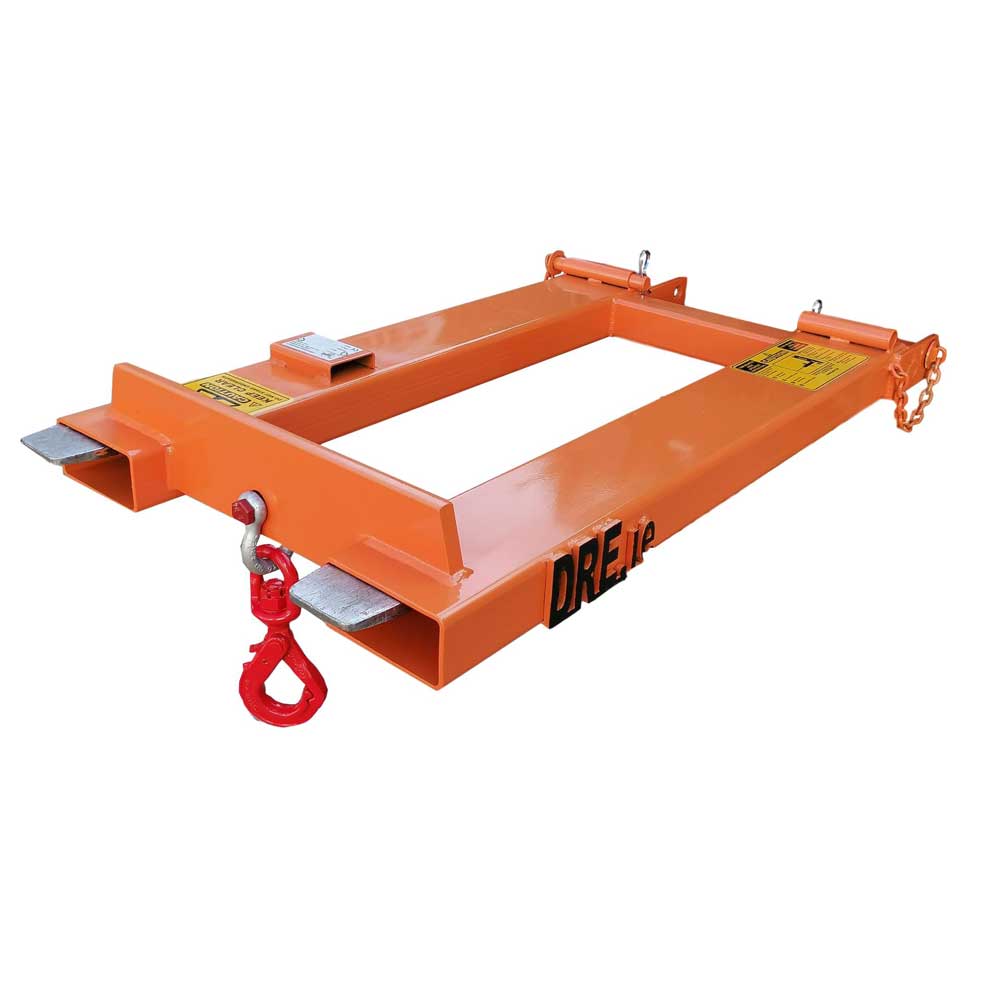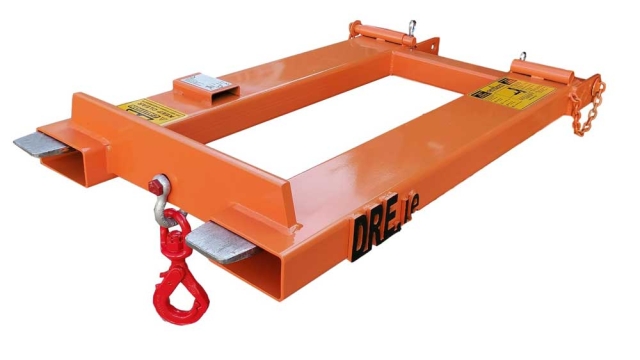
When it comes to maximizing efficiency in warehouse operations, the right equipment can make all the difference. One vital tool in the material handling industry is the forklift, and enhancing its capabilities with fork lift extensions can significantly increase your reach and versatility. Whether you are lifting heavy pallets, handling bulky items, or navigating tight spaces, these extensions can provide the added length necessary to get the job done effectively.
Fork lift extensions are designed to easily attach to your existing forks, allowing you to handle a broader range of loads without the need for specialized equipment. This flexibility not only boosts productivity but also helps prevent costly accidents or equipment damage. Understanding the benefits and proper usage of fork lift extensions can help you make the most of your investment, ensuring that your operations run smoothly and safely.
Types of Forklift Extensions
Forklift extensions come in various types to accommodate the diverse needs of material handling operations. The most common type is the standard extension, which increases the length of the forklift’s forks. These extensions are designed to maintain stability while handling longer loads, making them ideal for transporting materials such as lumber, steel, or pallets that exceed standard fork lengths. Using standard extensions improves efficiency by reducing the need for multiple trips.
Another type is the adjustable extension, which provides flexibility for different load sizes. These extensions can be lengthened or shortened as needed, making them particularly useful in environments where load dimensions regularly change. Adjustable extensions can enhance productivity by allowing operators to adapt quickly to varying material sizes without needing to switch forks frequently.
Finally, there are specialized extensions tailored for specific industries. For instance, there are extensions designed for handling wide or oversized loads, which offer additional stability and support. These extensions are often reinforced to handle the demands of heavy-duty applications. Utilizing specialized extensions ensures that the forklift can perform optimally without compromising safety and load integrity.
Benefits of Using Extensions
One of the primary advantages of using fork lift extensions is the enhanced reach they provide. Standard fork lift tines have limited length, which can restrict access to certain loads, especially when handling large or bulky items. Extensions effectively increase the working length of the tines, allowing operators to handle wider pallets and larger crates more efficiently. This capability minimizes the need for additional equipment or multiple lifts, ultimately saving both time and resources.
In addition to increased reach, fork lift extensions contribute to improved safety in the workplace. By enabling operators to lift and maneuver larger loads more effectively, the risk of accidents related to overloading or improper lifting techniques is significantly reduced. Moreover, extensions can promote better load stability during transport, which is crucial for preventing spills or mishaps that could injure personnel or damage goods.
Lastly, the versatility of fork lift extensions cannot be overstated. They can adapt to various types of loads and are compatible with different fork lift models, making them a cost-effective solution for businesses of any size. By allowing operators to customize their equipment to better fit their needs, extensions can enhance productivity and efficiency, leading to better overall performance in material handling tasks.
Safety Considerations
When using forklift extensions, safety should always be the top priority. Extensions add extra length to the forks, which can affect the stability and handling of the forklift. Operators must be trained on how to adjust their driving techniques when using extensions, as the center of gravity shifts, making the vehicle more prone to tipping. Proper load management is vital; never exceed the manufacturer’s weight limit for the forklift or the extensions, as doing so can lead to dangerous situations.
Before attaching extensions, it is essential to inspect both the forklift and the extensions for any signs of wear or damage. Ensuring that the extensions are properly secured and compatible with the forklift model is crucial for safe operation. Regular maintenance checks should be conducted, focusing on points that could affect performance and safety, such as the attachment points and the integrity of the extensions themselves.
Lastly, operators must remain aware of their surroundings while using forklift extensions. Overhead clearance, narrow aisles, and nearby personnel should all be carefully considered. Implementing clear communication with ground staff and using spotters in congested areas can help prevent accidents. Always adhere to your organization’s safety protocols and guidelines when operating equipment with extensions.
Installation and Maintenance Tips
Proper installation of forklift extensions is crucial to ensure safety and efficiency. Begin by checking that the extensions are compatible with your forklift model. Follow the manufacturer’s guidelines closely during installation. It is important to secure the extensions firmly to prevent any shifting or detachment during operation. Engage a professional if you are unsure about the installation process to avoid potential hazards.
Request A Demo
Regular maintenance of forklift extensions will prolong their lifespan and maintain their effectiveness. Inspect the extensions for any signs of wear, damage, or deformation before each use. Ensure that all mounting points are tight and secure. Cleaning the extensions after use helps to remove any debris or substance that could affect their performance, especially if used in harsh environments where dirt and moisture are prevalent.
Additionally, consider keeping a maintenance log for your forklift extensions. This log can include inspection dates, any maintenance performed, and any noted issues. This practice not only helps in tracking the condition of the extensions but also ensures that you adhere to safety standards and prolong the safe operation of your forklift. Regular training for operators on the proper use and care of forklift extensions is also beneficial in maintaining safety and efficiency.
